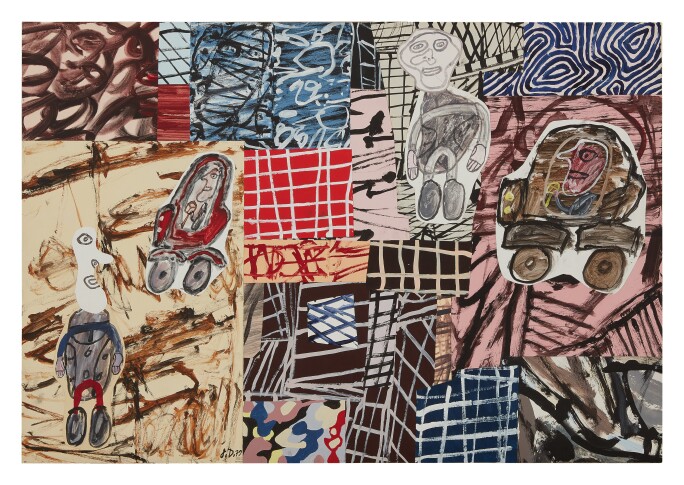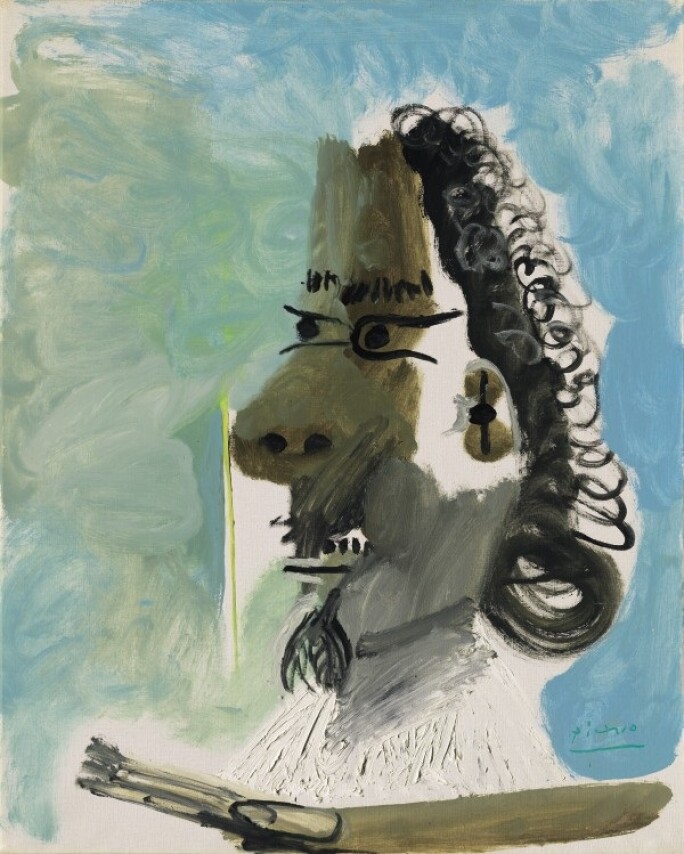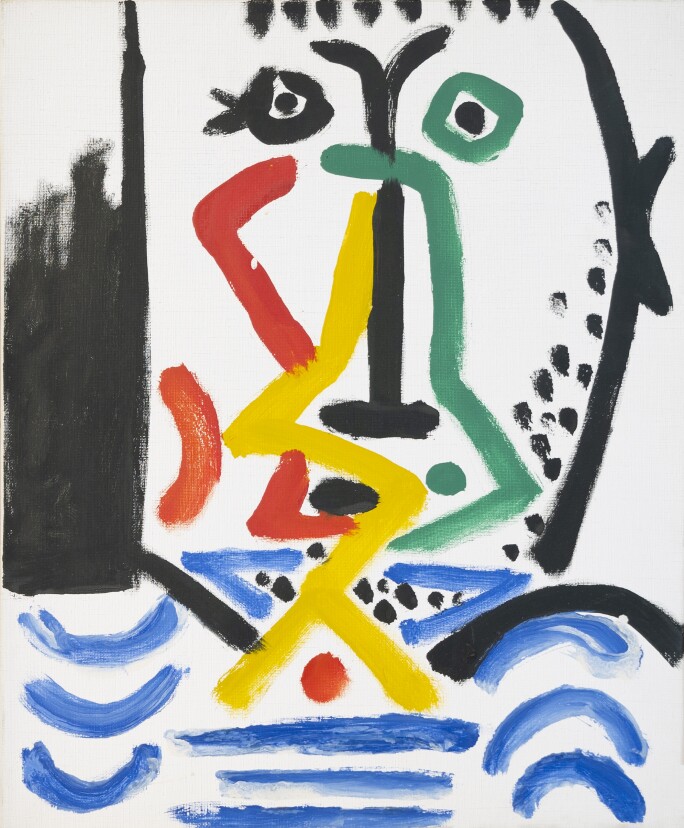Palm Beach SOTHEBY'S
9—31 January 2021
A constellation of pivotal artistic and historic moments, this exhibition illuminates the influences that connect these icons of post-war art across the Atlantic. Miró, Dubuffet, and Picasso had a formative impact on many mid-century vanguard American painters. In his early work, Rothko was inspired by the primordial imagery and mystical landscapes of Miró, who in turn saw and admired the New York school following a visit to the United States in 1947. When describing his observations of American painting, Miró explained that, “it showed me the liberties we can take, and how far we could go, beyond the limits. In a sense, it freed me.” This sentiment was similarly felt and adopted by Picasso in his own work. Decades later, Picasso and Dubuffet's primal mark-making and uninhibited artistic approaches left an unmistakable impression on Basquiat, who made frequent visits to galleries and museums to specially study Dubuffet.
Spanning decades and continents, this exhibition highlights the nuanced historical and stylistic dialogues between some of the most influential artists of the 20th Century: Pablo Picasso (1881-1973), Fernand Léger (1881-1955), Joan Miró (1893-1983), Alexander Calder (1898-1976), Jean Dubuffet (1901-1985) Mark Rothko (1903-1970) and Jean-Michel Basquiat (1960-1988).Palm Beach, FL 3348



Revolutionary masters of the 20th Century, this carefully curated selection of paintings and sculptures explores how each artist's personal histories and artistic sensibilities left an indelible mark on one another's practices.







